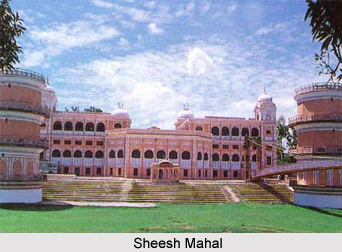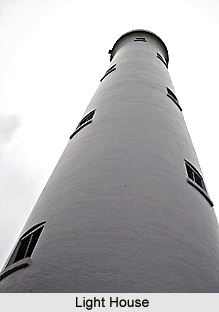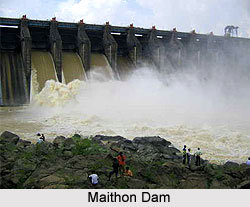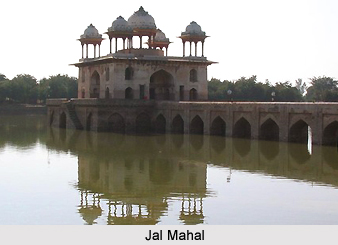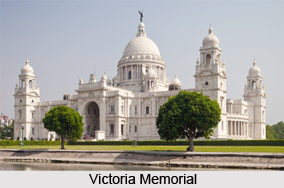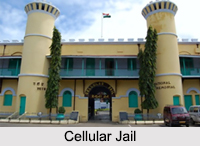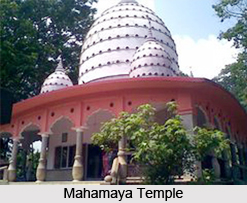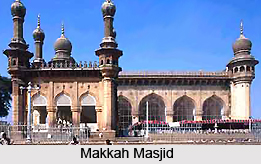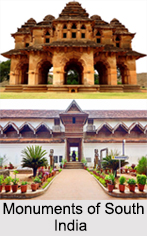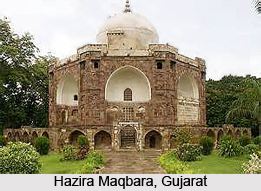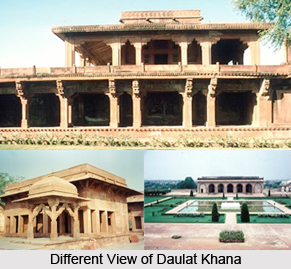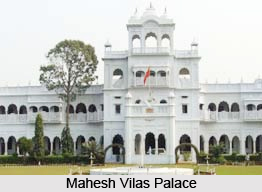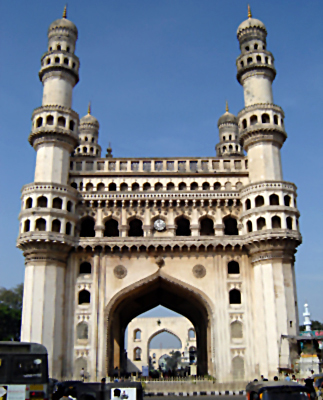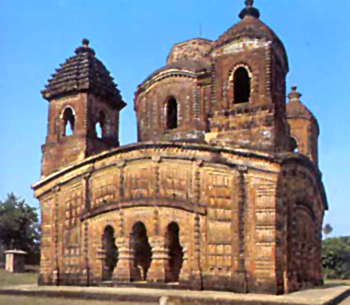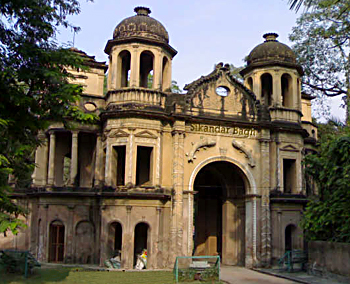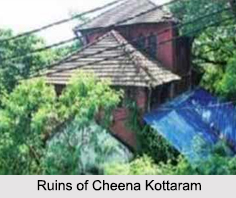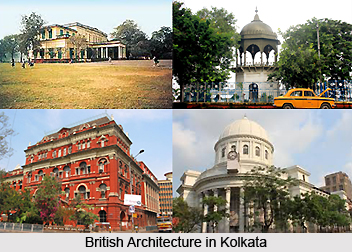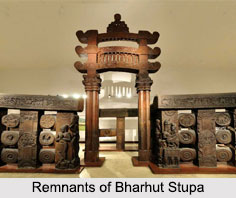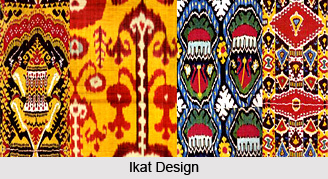 Art of Cuttack district have greatly preserved the ancient heritage of the place through the various practices and rituals. The artwork of the district is especially famed for its fine and brilliant craftsmanship. These have not only gained nation wide popularity but have also been cherished by the people throughout the world. The various arts of the district including the textiles arts, metal arts and horn arts form an integral part of the district tourism. The celebrations of various festivals in the district are also unique in their own way. In addition to promoting fun and gaiety among the people, these celebrations also allure tourists from far off regions to experience the spirit of these festivities.
Art of Cuttack district have greatly preserved the ancient heritage of the place through the various practices and rituals. The artwork of the district is especially famed for its fine and brilliant craftsmanship. These have not only gained nation wide popularity but have also been cherished by the people throughout the world. The various arts of the district including the textiles arts, metal arts and horn arts form an integral part of the district tourism. The celebrations of various festivals in the district are also unique in their own way. In addition to promoting fun and gaiety among the people, these celebrations also allure tourists from far off regions to experience the spirit of these festivities.
Textile Art of Cuttack District
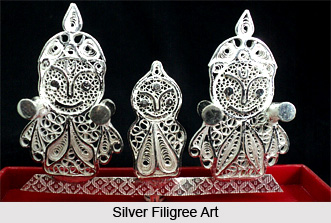 The textile of the district exhibits a unique identity with unusual and bold patterns, luxuriant textures and exquisite blend of vibrant hues. Beautiful sarees are weaved by the artists of the district with the aid of hand operated looms in which fabrics are wondrously adorned with intricate designs. `Ikat` design is one of the most popular features of the textile industry of Cuttack district. The origin of Ikat, a technique of tie and dye, is enrooted in the maritime activities of South-East Asia practiced since ancient times.
The textile of the district exhibits a unique identity with unusual and bold patterns, luxuriant textures and exquisite blend of vibrant hues. Beautiful sarees are weaved by the artists of the district with the aid of hand operated looms in which fabrics are wondrously adorned with intricate designs. `Ikat` design is one of the most popular features of the textile industry of Cuttack district. The origin of Ikat, a technique of tie and dye, is enrooted in the maritime activities of South-East Asia practiced since ancient times.
Metal Art of Cuttack District
Among the metal arts of Cuttack district bell metal-wares are quite popular. Kansari is the traditional name given to the artisans of brass and bell metal. A number of decorative items and utensils have been made by them through years which involve both modern and ancient techniques. The items are used for religious, decorative and utilitarian purposes.
Horn Art of Cuttack District
Horn art of Cuttack district is greatly cherished throughout the place. These finely fashioned and richly textured art forms are made of horns of cows and buffaloes. Immense skill and imagination are required for crafting these exquisite arts.
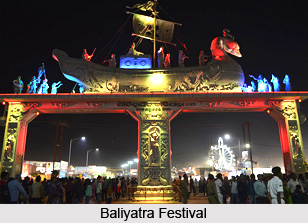 Numerous artefacts are formed by this art including lamp-stands, pipes, pen stands and a number of decorative items.
Numerous artefacts are formed by this art including lamp-stands, pipes, pen stands and a number of decorative items.
Filigree Art of Cuttack District
It is another unique art of Cuttack district known for its beautiful craftsmanship and meticulous designs. Silver filigree works known as `Tarakashi` is quite popular all over the district for its intricate and delicate designs. The origin of this art dates back to 15th century in Persian countries. During the Mughal era this art was greatly patronized but owing to the lack of marketing options it faced some setback. Filigree crafts can be categorized into Jari work, Siko work and Rose work. Jewelleries of filigree art are hugely popular among the people of the district for their fine finish and snowy glaze. Artefacts of religious purposes are also created. Filigree art of Cuttack district suit the choices of both traditional and contemporary people.
